As 2026 approaches, small and medium-sized enterprises are navigating rapid shifts in customer expectations, digital innovation, and competitive pressure. Design Thinking continues to be one of the strongest frameworks for helping organisations understand users, solve complex challenges, and generate meaningful ideas. Yet, many SMEs struggle to apply this framework consistently because it typically requires time, facilitation, and creativity. This is where structured prompting becomes invaluable. When SMEs utilise AI Prompts for Design Thinking, they can transform scattered ideas into clear insights, problems into opportunities, and concepts into actionable plans.
Why AI Fits Naturally into Design Thinking for SMEs
Design Thinking encourages teams to empathise with users, define real problems, generate ideas, build concepts, and test solutions. AI accelerates each stage by reducing ambiguity and providing structured outputs in minutes rather than days. Instead of relying on guesswork or lengthy workshops, SMEs can use prompts to support team discussions, spark creativity, and set clearer goals. With a consistent prompting workflow, decision-making becomes more confident, innovation becomes more strategic, and teams gain a reliable method for developing better solutions.
AI Prompts for Design Thinking in 2026
1. User Insight and Empathy Prompt
Prompt Template: “Analyse the following user description and generate three detailed user personas, including their goals, frustrations, behaviours and context. User description: [insert details].”
Example Output: A user persona may represent a business owner who is overwhelmed by day-to-day operations and looking for simpler workflows. Another person might reflect an operations manager focused on accuracy and compliance. A third person may describe an administrative employee who needs clarity, guidance and confidence when using digital tools.
Why This Is Useful: Most SMEs make assumptions about their customers. This prompt quickly transforms scattered observations into well-defined personas that support planning, team alignment and goal clarity. Using a prompt at this stage ensures that early decisions are grounded in real needs rather than assumptions.
2. Problem Framing Prompt
Prompt Template: “Given these user personas and observations, craft three problem statements using the ‘How Might We’ structure. Ensure each one reflects a real user challenge and highlights opportunities for innovation.”
Example Output: A problem statement may focus on helping business owners reduce manual work without adding complexity. Another may explore how operations managers could manage compliance more efficiently. A third might aim to empower administrative staff with better guidance to prevent confusion and reduce task errors.
Why This Is Useful: SMEs often jump straight to solutions. This prompt forces teams to pause and frame the right problem first, reducing wasted effort and enabling a more strategic goal setting for the next phases of the project.
3. Ideation Prompt
Prompt Template: “Using these problem statements, generate ten practical and creative ideas, grouped into low-effort concepts, medium-effort concepts and high-impact opportunities suitable for an SME.”
Example Output: Suggested ideas could include simple guided checklists or tooltip systems for low-effort improvements. Moderately complex ideas might include workflow templates or review dashboards, while more ambitious concepts could involve an AI-supported workspace or intelligent decision assistance for operations.
Why This Is Useful: Teams frequently struggle to move beyond obvious ideas. This prompt helps SMEs expand their thinking while staying realistic about effort and feasibility, which strengthens planning and reduces the likelihood of ideas stalling later.
4. Solution Mapping Prompt
Prompt Template: “Choose the strongest idea and develop a solution concept that includes the user flow, required features, benefits for the user and essential limitations or constraints.”
Example Output: A concept may describe the flow of a user creating a workflow, receiving AI-generated suggestions, customising that workflow, and activating automations. The idea might include features such as suggestion panels, notification reminders, and simple condition triggers. The benefits would involve reduced manual effort and improved clarity, while constraints would note the need for precise access permissions and reliable data input.
Why This Is Useful: This prompt transforms loose ideas into defined concepts. For SMEs that lack product teams or technical designers, it provides a structured way to consider feasibility and refine a solution before investing in development or resources.
5. Rapid Prototyping Prompt
Prompt Template: “Describe a low-fidelity prototype for the selected solution, including the layout for core screens, expected interactions and key usability principles.”
Example Output: A prototype description may include an initial dashboard with a list of workflows and a clear action button for creating new ones. The next screen may detail a step-by-step setup panel with prompt suggestions and editable entries. A final screen could summarise the workflow and offer toggles, alerts and editing options. The focus would remain on minimal steps, clarity of navigation, and intuitive interactions.
Why This Is Useful: Not all SMEs have the skills or capacity to produce early prototypes. This prompt gives teams a structured starting point, making it possible to visualise concepts, discuss changes, and gather internal feedback early in the process.
6. User Testing and Feedback Prompt
Prompt Template: “Prepare a usability testing outline for this prototype, including test scenarios, user questions, measurable performance indicators and criteria for determining whether the prototype succeeds.”
Example Output: A test plan may ask users to complete a workflow setup while noting any confusion or hesitation. Observers may ask what users expected to happen at each step or which parts felt unclear. Performance could be measured through task completion time, the number of errors, or moments of hesitation. Success may be defined by users completing the task within a reasonable timeframe while understanding each step without major confusion.
Why This Is Useful: Feedback often arrives too late in SME projects. This prompt introduces a simple and repeatable way to gather evidence before committing to development or a long-term plan, helping teams refine ideas with accuracy rather than intuition.
How SMEs Can Set Better Goals Using These Prompts
Each stage of Design Thinking can be turned into a structured team objective. For example, teams can aim to generate personas and problem statements in the first week, produce ideas and concepts the following week, create early prototype descriptions shortly after, and finalise a testing plan by the end of the month. The use of AI Prompts for Design Thinking creates natural milestones that guide teams, reduce uncertainty, and build consistent momentum toward meaningful outcomes.
Supporting Design Thinking Workflows with Stratpilot
Stratpilot provides a dedicated AI-supported workspace designed to help SMEs organise planning, structure ideas, and apply consistent thinking frameworks. Instead of offering automated design work, Stratpilot focuses on supporting teams with the clarity, structure and thinking guidance they need to make Design Thinking repeatable. Businesses can use Stratpilot to store persona documents, refine prompts, organise research notes, manage idea lists, develop concept summaries, and outline testing plans. The platform features support planning, organisation and alignment, helping teams move from ideas to action while staying focused on objectives.
If your organisation wants to strengthen its planning, improve creative problem-solving and bring more structure to every stage of Design Thinking, Stratpilot offers a dedicated workspace designed to support clearer thinking and more organised decision-making. Request a demo today to explore how Stratpilot can help your team work more strategically, refine ideas with greater confidence and move from concepts to action with far more clarity.
Frequently Asked Questions (FAQs)
1. What are AI prompts for Design Thinking?
These are structured instructions that guide AI to generate insights, ideas, prototypes, and problem definitions in alignment with the Design Thinking methodology.
2. Are these prompts suitable for SMEs without design specialists?
Yes. The prompts simplify each phase, making Design Thinking accessible to teams that may not have design expertise or dedicated innovation departments.
3. Can teams use these prompts for non-technical projects?
absolutely. Any business challenge involving customers, workflows, processes or improvements can benefit from structured Design Thinking prompts.
4. How often should SMEs use these prompts?
Teams can apply them during project planning cycles, innovation sprints, quarterly reviews, or whenever new challenges arise that require creative thinking.




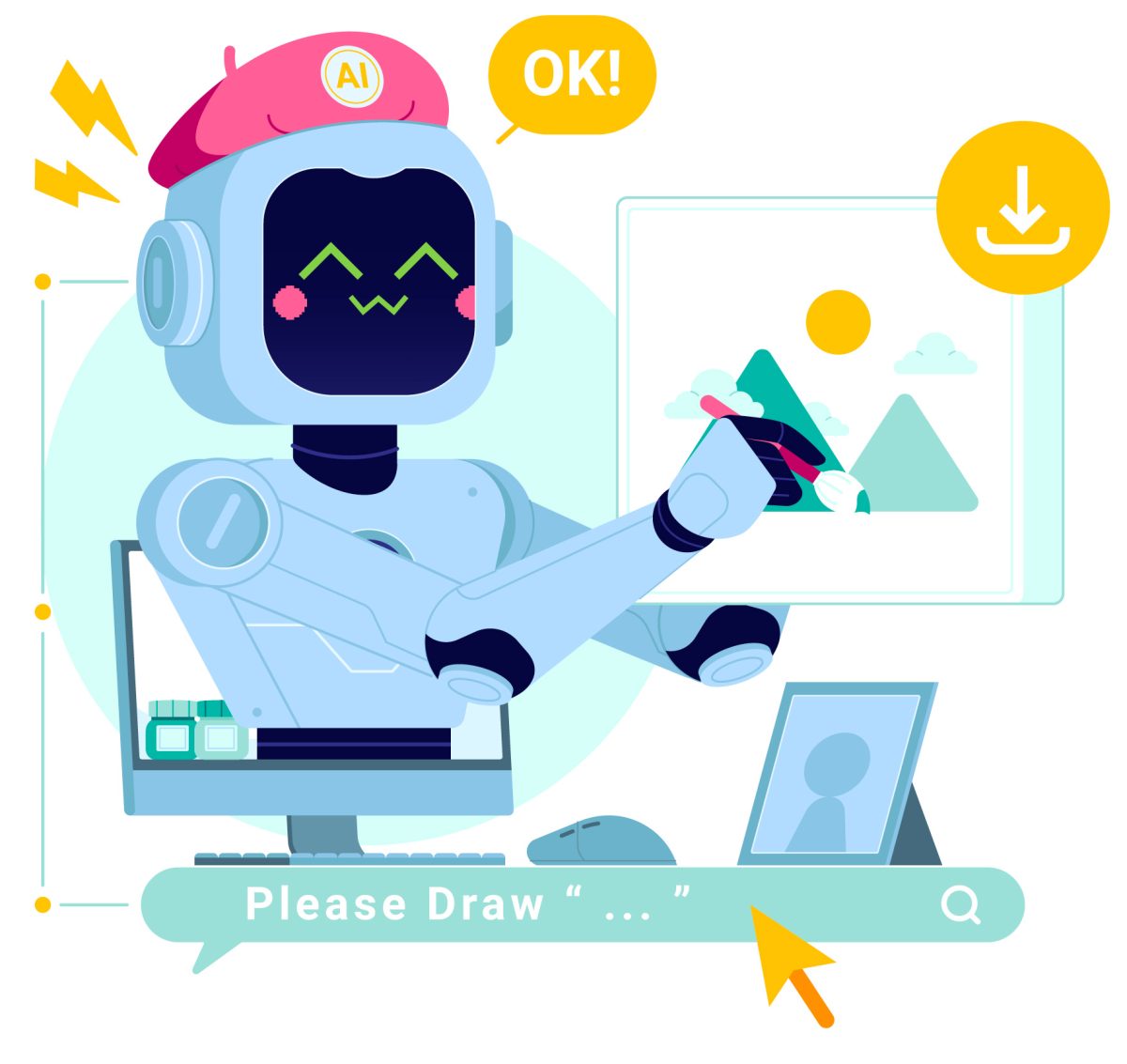



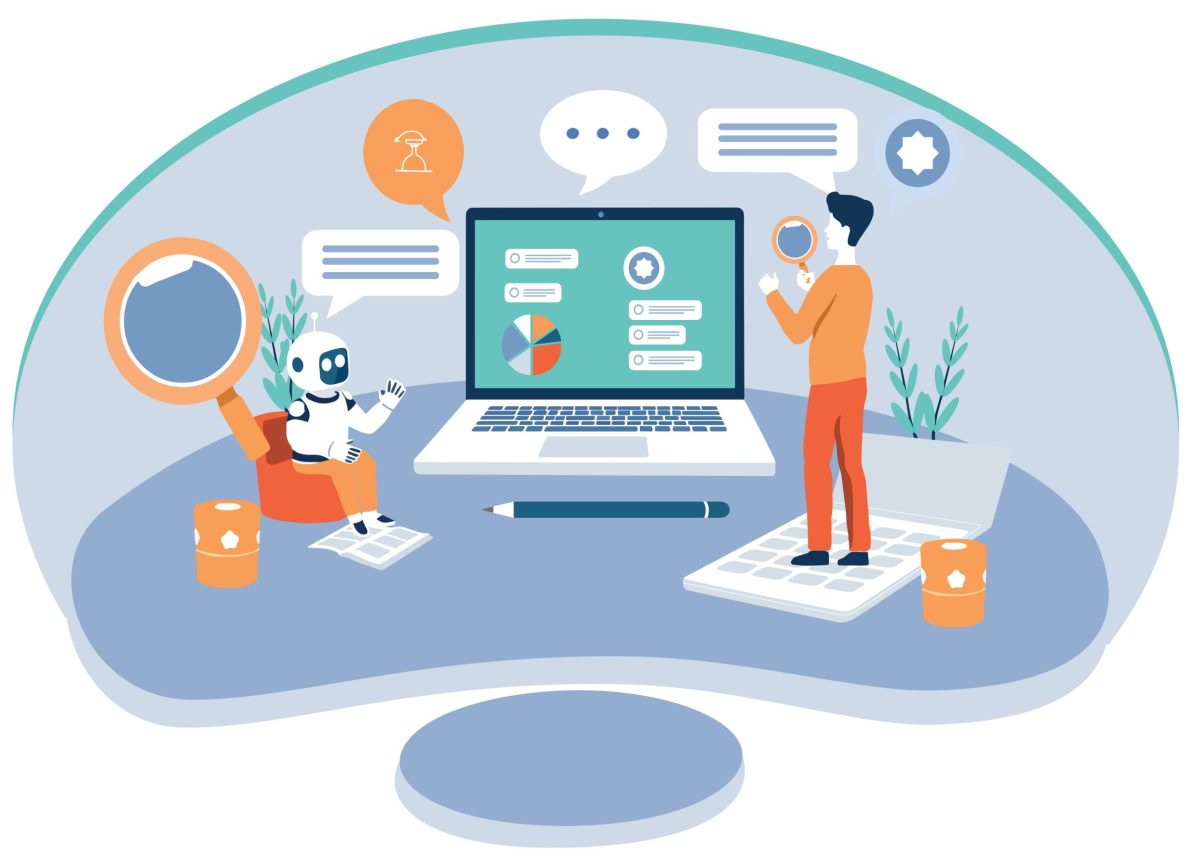
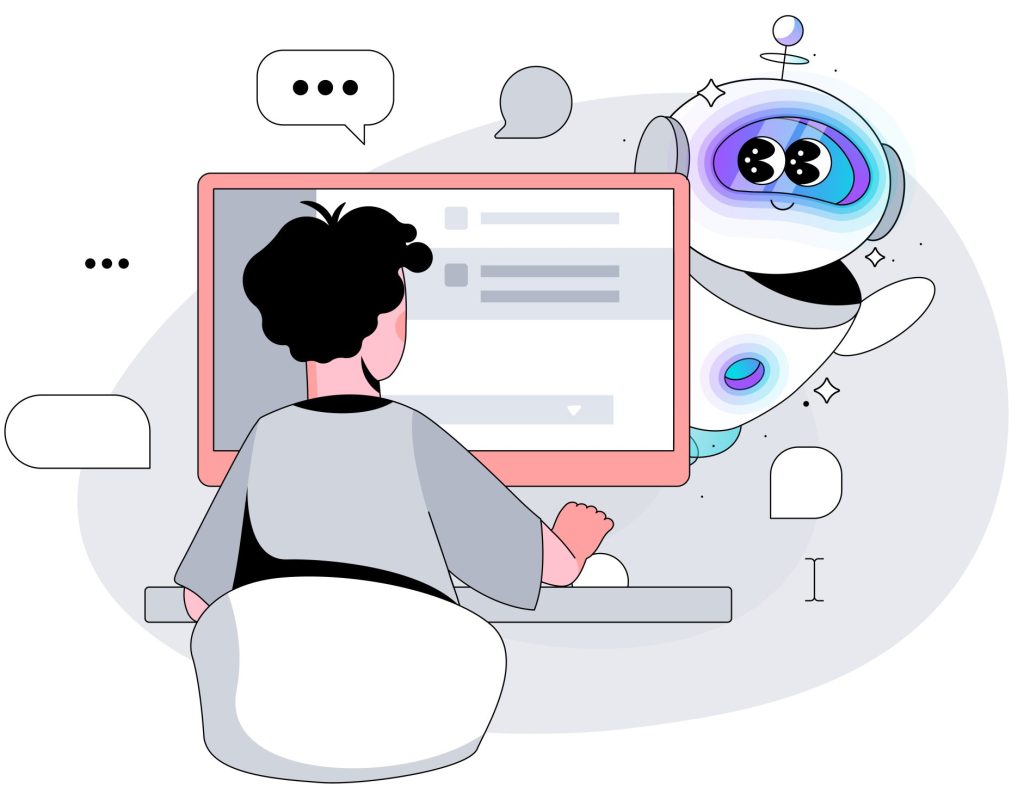 6. Prompt for Assessing Operational Efficiency
6. Prompt for Assessing Operational Efficiency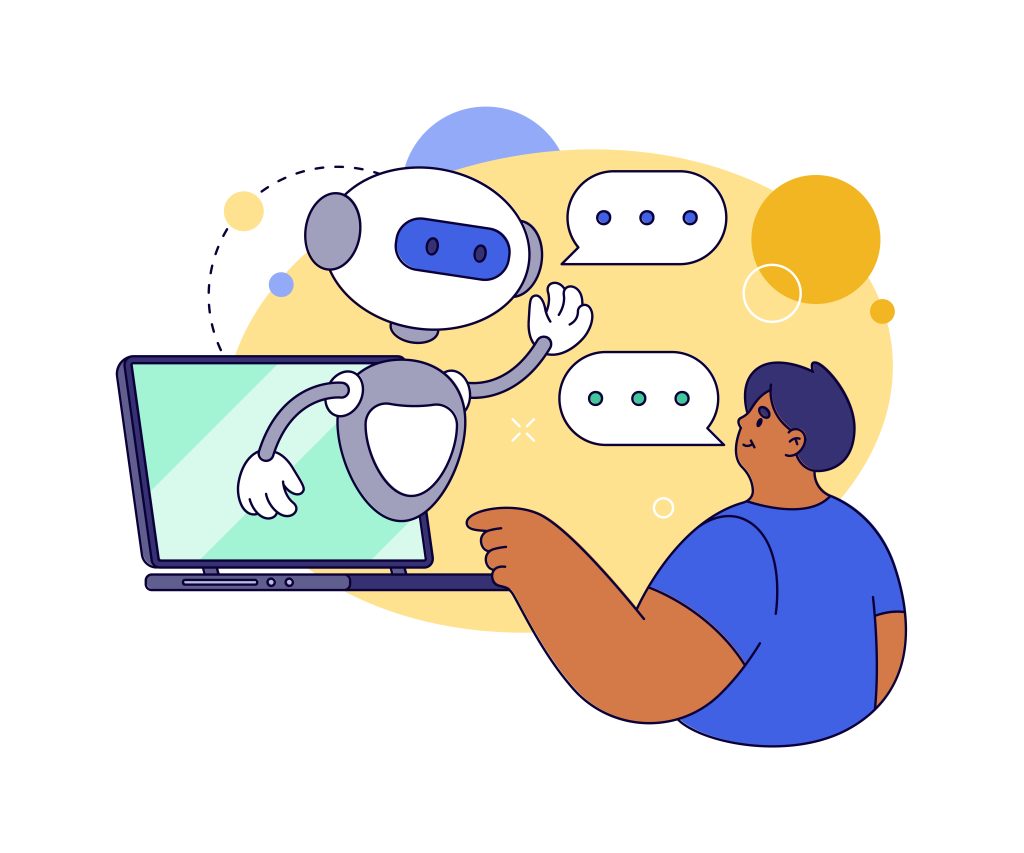 Example Output of AI-Generated Goal Setting for Workflow Teams
Example Output of AI-Generated Goal Setting for Workflow Teams
 6. Launch Planning Prompt
6. Launch Planning Prompt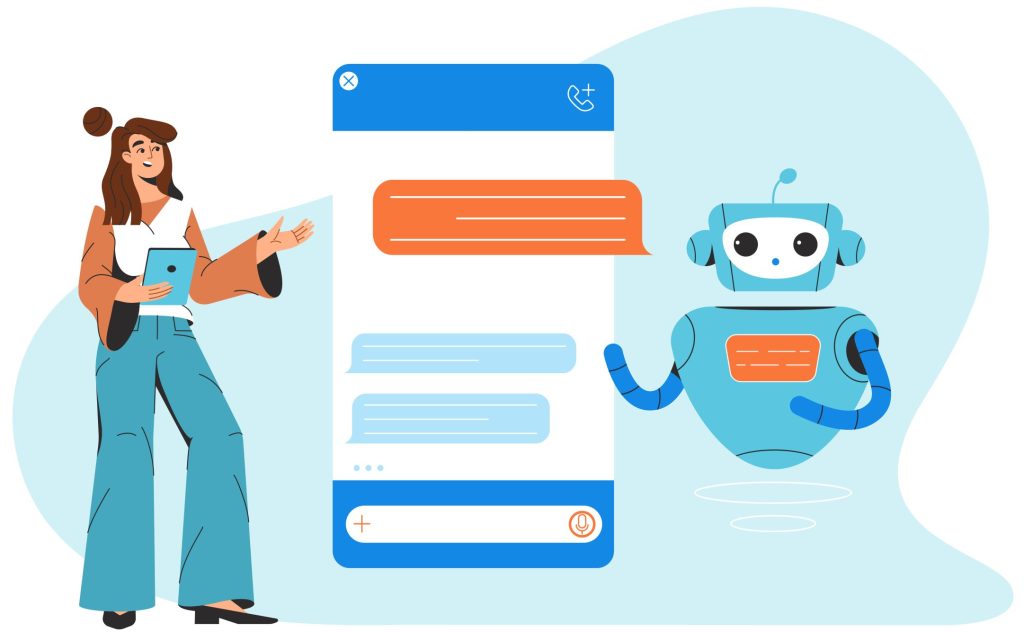 How
How 



